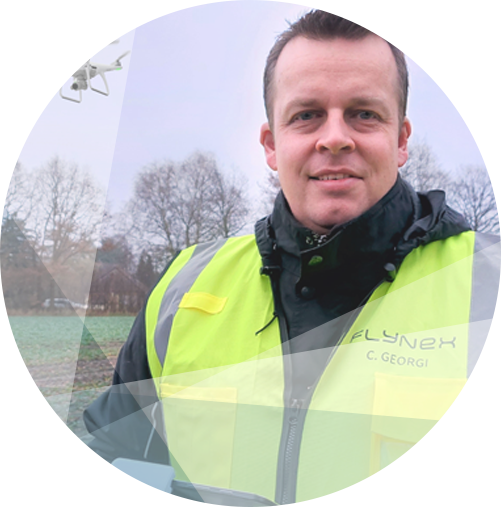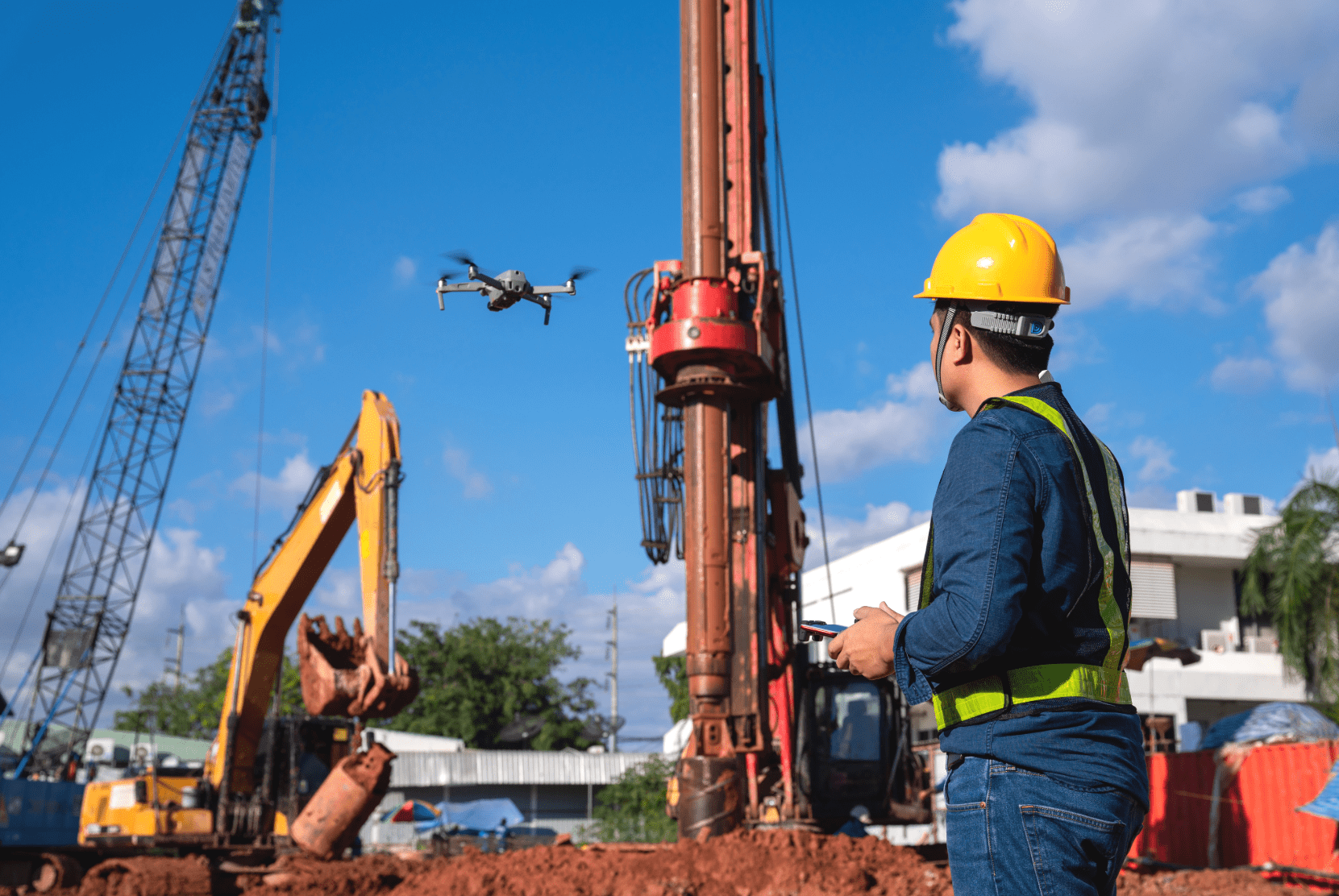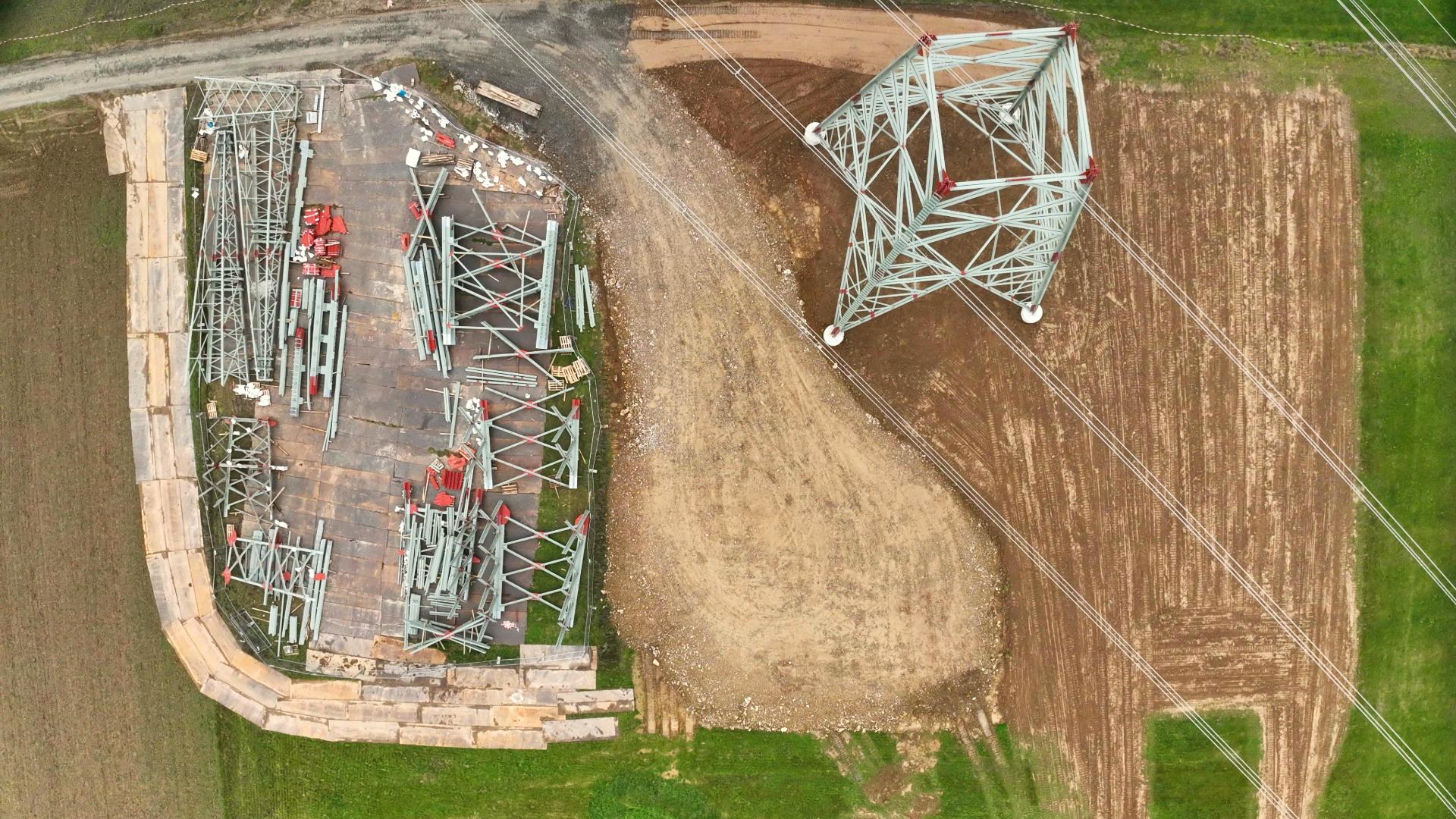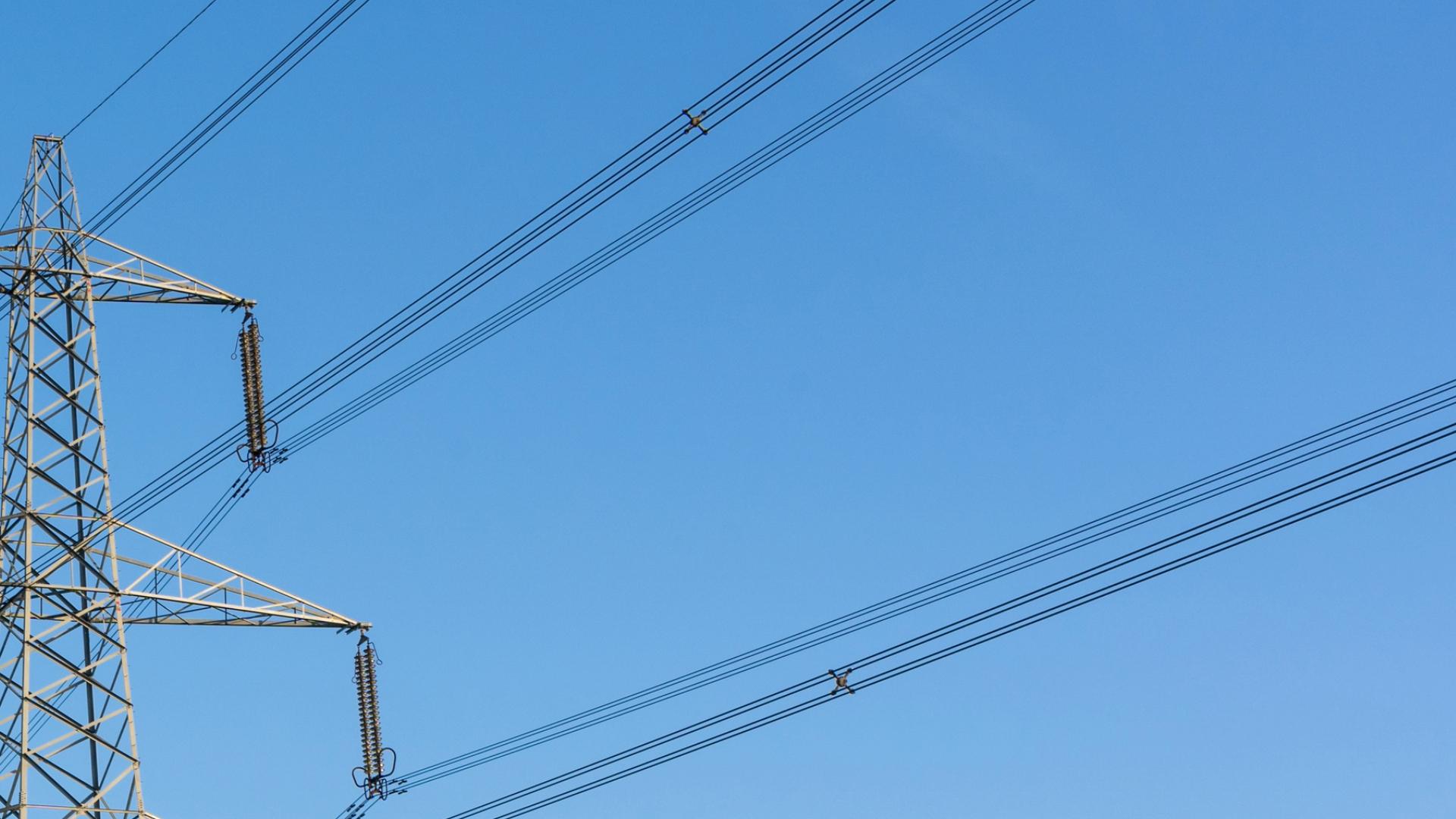Is there a minimum temperature required for flying a drone? How do low temperatures affect the battery? Are there any other aspects to keep in mind when flying a drone in winter? FlyNex Drone Operations Manager Christian Georgi provides expert advice for safe drone flights under winter conditions.
Keep an eye on the weather forecast
Pilots should always obey the weather forecast when planning a drone flight, no matter the season. Though, environmental factors like cold, humidity, or wind affect not only flight quality but also the lasting of the battery.
Always look up the temperature required for your drone to operate it safely. It’s usually provided in the user’s manual and differs from drone to drone. For example, the drone manufacturer DJI recommends a range from 0 °C to 40 °C degrees for smooth operations. If you decide to over-or undershoot the stated service temperature, deformations on the drone chassis or its propeller might occur.
Another essential aspect is humidity. If humidity ranges between 70 – 80 %, there is a risk the propellers of your drone build up frost. Frozen propellers compromise flight quality, and in the worst-case scenario, drones crash. Similar to regular aircraft, drones have to be defrosted to avoid the risk of crashing.
Battery Management
Low temperatures might manipulate drone chassis and reduce the long-lasting of your drone battery. Drones are regularly equipped with lithium-polymer (LiPo) batteries, which cold temperatures slow down chemical reactions. LiPo batteries switch to emergency mode once cooled down to less than 15 °C, and drones refuse to start. The drone stops and crashes uncontrollably if the temperature unexpectedly drops below 15 °C while operating. It plays risks for pilots as well as third parties.
Pre-heat Batteries
Christian Georgie relies on a self-heating battery for professional drone operations. These batteries adapt to outside temperature and pre-heat automatically.
Also, isolated cases to store batteries can be an alternative. Make sure to use a secure heating device to maintain the temperature in the case.
Another, less cost-intensive, possibility to keep your battery warm is to place it on the seat heating in your car when driving to the premises you plan the drone operation on.
Christian Georgi notes: ‚Cold weather always compromises battery capacity, even if they are pre-heated and closely monitored. Therefore, it’s crucial to prepare a drone flight cautiously and bring more spare batteries you would initially anticipate.‘
Take-off and landing on a drone landing pad
Especially during winter, it can be tricky to find a clean and dry spot for take-off and landing. Drone landing pads provide an easy fix. They are affordable and easy to put up. Additionally, landing pads protect drones from raising dirt or snow. Most drones are not waterproof, and raising snowflakes might blast anticipated drone operations. Also, drone sensors covered in dirt negatively impact flight experience.
In general, drones can also take off from simple cardboard. The downside is missing markers which are detected by drones. Professional landing pads enable fully autonomous take-off and landing by providing those markers.
Drone Operations Manager Christian Georgi advises using a landing pad that exceeds the size of your drone to land the drone manually easily.
Summary
We wish you safe flights.
Your FlyNex team





